The Birds of Paradise: Nature’s Most Spectacular Creatures in 2024
Nature's Artists: The Colorful and Diverse World of Birds
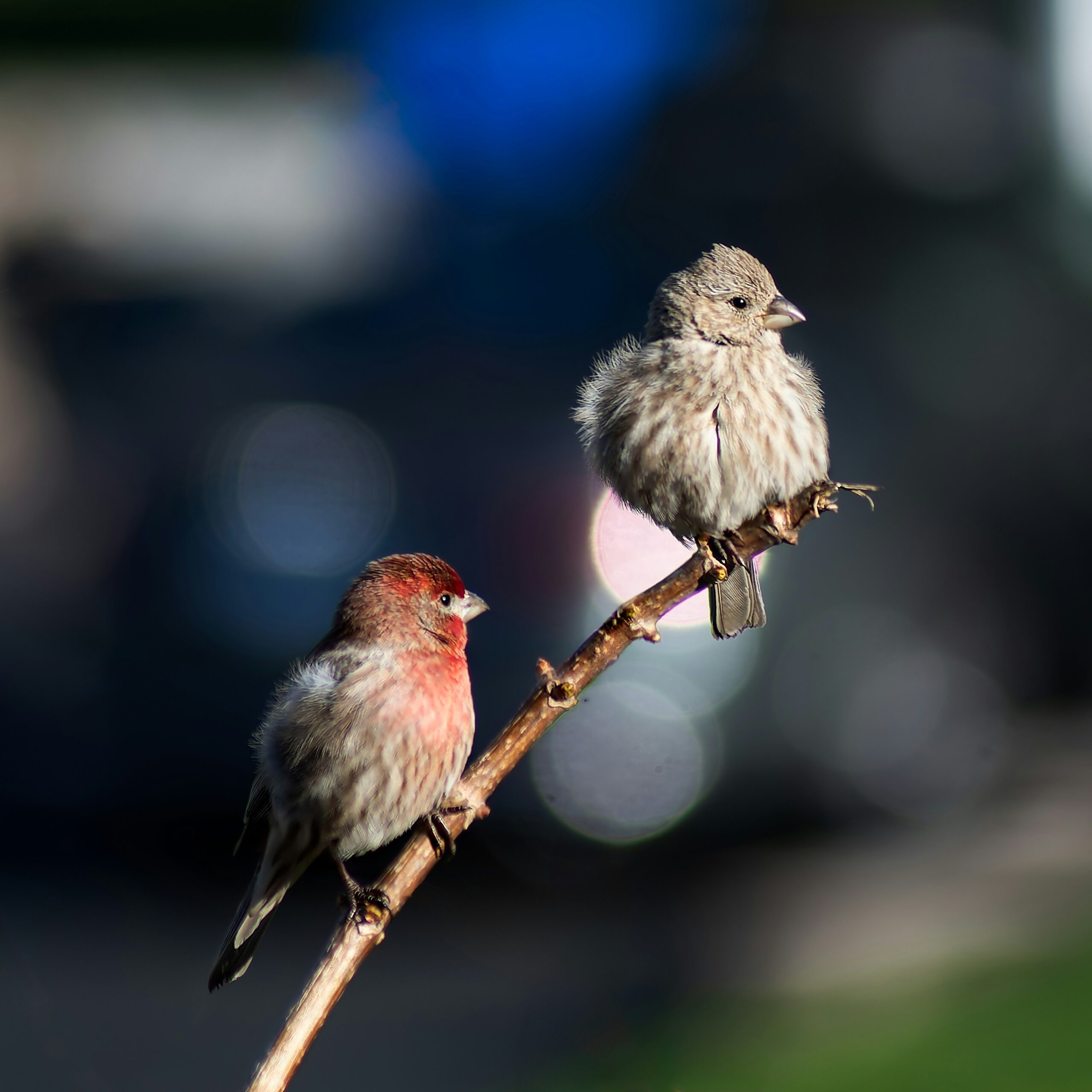
The Birds of Paradise: Nature’s Most Spectacular Creatures
The natural world is brimming with an incredible array of flora and fauna, each species boasting its unique charm and function within the ecosystem. Yet, among the myriad of Earth’s creatures, few capture the imagination and admiration quite like the Birds of Paradise. Renowned for their extraordinary beauty, complex courtship rituals, and remarkable evolutionary adaptations, these avian marvels represent one of nature’s most awe-inspiring displays of biodiversity.
The Origins of the Birds of Paradise
The Birds of Paradise are a group of around 42 species belonging to the family Paradisaeidae. They are primarily found in the dense rainforests of New Guinea, surrounding islands, and parts of eastern Australia. The isolation of these regions, particularly the island of New Guinea, has provided the perfect environment for the evolution of these birds into some of the most distinctive and visually stunning species on the planet.
New Guinea’s challenging topography, with its rugged mountains and deep valleys, created isolated habitats where different species could evolve independently. Over millions of years, this led to the development of a remarkable diversity of Birds of Paradise, each with its unique characteristics and adaptations.
The Remarkable Appearance
What sets the Birds of Paradise apart from other birds is their extraordinary plumage. Males of many species are adorned with feathers that shimmer in iridescent hues of blue, green, gold, and red. These feathers often have elaborate shapes, such as long plumes, fans, or capes, making them some of the most colorful and extravagant birds in the world.
The Superb Bird of Paradise, for instance, is known for its jet-black body feathers that contrast dramatically with its brilliant blue-green breast shield. During courtship, the male displays these colors in a unique dance, transforming its appearance into what looks like a vividly colored disk with an eerie smiley face. Similarly, the Ribbon-tailed Astrapia boasts a pair of long, white tail feathers that can be three times the length of its body, giving it a truly regal appearance.
The Courtship Rituals: A Dance of Love
The elaborate courtship rituals of the Birds of Paradise are as breathtaking as their appearance. Males invest tremendous energy and time into perfecting their displays, which include intricate dances, vocalizations, and the use of their vivid plumage to attract females. These displays are not just a visual spectacle but also a testament to the evolutionary pressures of sexual selection.
For example, the Vogelkop Superb Bird of Paradise performs a highly choreographed dance routine that involves transforming its body into an oval shape with its breast shield as the centerpiece. It then bounces rhythmically, producing clicking sounds, all while keeping its striking blue-green eyes fixed on the female. The dance is so intricate and demanding that only the fittest males can perform it successfully, ensuring that only the best genes are passed on to the next generation.
In contrast, the King of Saxony Bird of Paradise uses its extraordinary head plumes, which are longer than its body and can be wiggled like antennae, to impress potential mates. The male also sings a bizarre, mechanical-sounding call that echoes through the rainforest, a sound that is as captivating as it is unusual.
Evolutionary Marvels
The Birds of Paradise are often cited as one of the best examples of the power of sexual selection in evolution. Charles Darwin himself was fascinated by these birds, and their extravagant features provided key evidence for his theories on natural and sexual selection. The stunning plumage, intricate dances, and unusual calls are all results of females choosing mates based on these extraordinary traits, leading to the evolution of increasingly elaborate displays over time.
The evolution of these birds also highlights the importance of habitat. The isolated and varied environments of New Guinea have allowed these species to evolve without much competition or predation pressure, leading to a focus on sexual selection as the primary driver of evolution. The result is a collection of species that are as unique as they are beautiful, each perfectly adapted to its specific niche in the rainforest.
Conservation Challenges
Despite their beauty and the fascination they inspire, Birds of Paradise face significant threats. Habitat loss due to logging, mining, and agricultural expansion poses a major risk to their survival. As the rainforests of New Guinea and nearby islands are increasingly encroached upon, the delicate ecosystems that these birds depend on are being fragmented or destroyed.
Additionally, some species have been targeted by hunters for their beautiful feathers, which are highly prized in traditional ceremonies and international trade. Although hunting is now illegal in many areas, illegal poaching still occurs, putting additional pressure on already vulnerable populations.
Conservation efforts are crucial to ensuring that these magnificent creatures continue to thrive. Protected areas and national parks in New Guinea and surrounding regions play a vital role in preserving the habitats of Birds of Paradise. Additionally, community-based conservation programs that involve local populations in the protection of these birds and their habitats are essential.
Birds of Paradise in Culture
The Birds of Paradise have not only captured the attention of scientists and birdwatchers but have also played significant roles in the cultures of the indigenous peoples of New Guinea. Their feathers are used in traditional ceremonies and headdresses, symbolizing power, beauty, and status. The birds themselves are often seen as messengers from the spirit world, representing a connection between the earthly and the divine.
In the modern world, these birds have become symbols of the rich biodiversity of the rainforests they inhabit. Documentaries, books, and art inspired by the Birds of Paradise have brought their beauty and ecological importance to a global audience, raising awareness of the need to protect these incredible creatures and their habitats.
The Role of Birds of Paradise in Ecosystems
Pollination and Seed Dispersal: Birds of Paradise play a crucial role in their ecosystems as pollinators and seed dispersers. By feeding on nectar and fruits, they help in the pollination of various plant species and the dispersal of seeds across the rainforest. This interaction supports the regeneration of the forest, maintaining its biodiversity and ecological balance.
Predator-Prey Dynamics: Though they are not top predators, Birds of Paradise fit into the food web as both prey and consumers. They feed on insects, small invertebrates, and fruits, contributing to the control of insect populations and the spread of plant species. Their role as prey for larger birds of prey and other predators also links them to the broader ecosystem dynamics.
The Cultural Significance of Birds of Paradise
Mythology and Folklore: The indigenous peoples of New Guinea have woven the Birds of Paradise into their mythology and folklore for centuries. These birds are often seen as spiritual beings or symbols of paradise, deeply embedded in the cultural narratives that connect the people to their environment.
Art and Fashion: Beyond traditional uses, Birds of Paradise have influenced global art, fashion, and design. Their feathers have inspired haute couture designs, and their images appear in various forms of visual art, from paintings to digital media, symbolizing exotic beauty and the wonders of the natural world.
Scientific Research and Discoveries
Evolutionary Studies: The Birds of Paradise are a focal point in evolutionary biology research. Their complex mating behaviors and striking sexual dimorphism provide valuable insights into the processes of sexual selection and speciation. Ongoing studies continue to reveal new aspects of their behavior, genetics, and evolution.
Behavioral Ecology: Researchers study the behaviors of Birds of Paradise to understand the ecological roles and social structures within species. Observations of their interactions with other species, their nesting habits, and their use of habitat contribute to broader knowledge in behavioral ecology and conservation strategies.
Challenges in Captive Breeding
Breeding Programs: Due to their specific habitat requirements and complex behaviors, Birds of Paradise are challenging to breed in captivity. Zoos and conservation programs worldwide are working to develop successful breeding protocols to support the conservation of endangered species.
Ethical Considerations: The ethical implications of keeping Birds of Paradise in captivity for breeding or display purposes are a topic of debate among conservationists. While captive breeding can support species conservation, it must be balanced with considerations of animal welfare and the potential impacts on wild populations.
The Role of Technology in Conservation
Drone Monitoring: Modern technology, such as drones, is being used to monitor the habitats and populations of Birds of Paradise in the wild. Drones allow researchers to access remote and difficult-to-reach areas without disturbing the wildlife, providing crucial data for conservation efforts.
Genetic Analysis: Advances in genetic analysis are helping scientists understand the diversity within and between different species of Birds of Paradise. This knowledge is essential for developing effective conservation strategies and managing genetic diversity within populations.
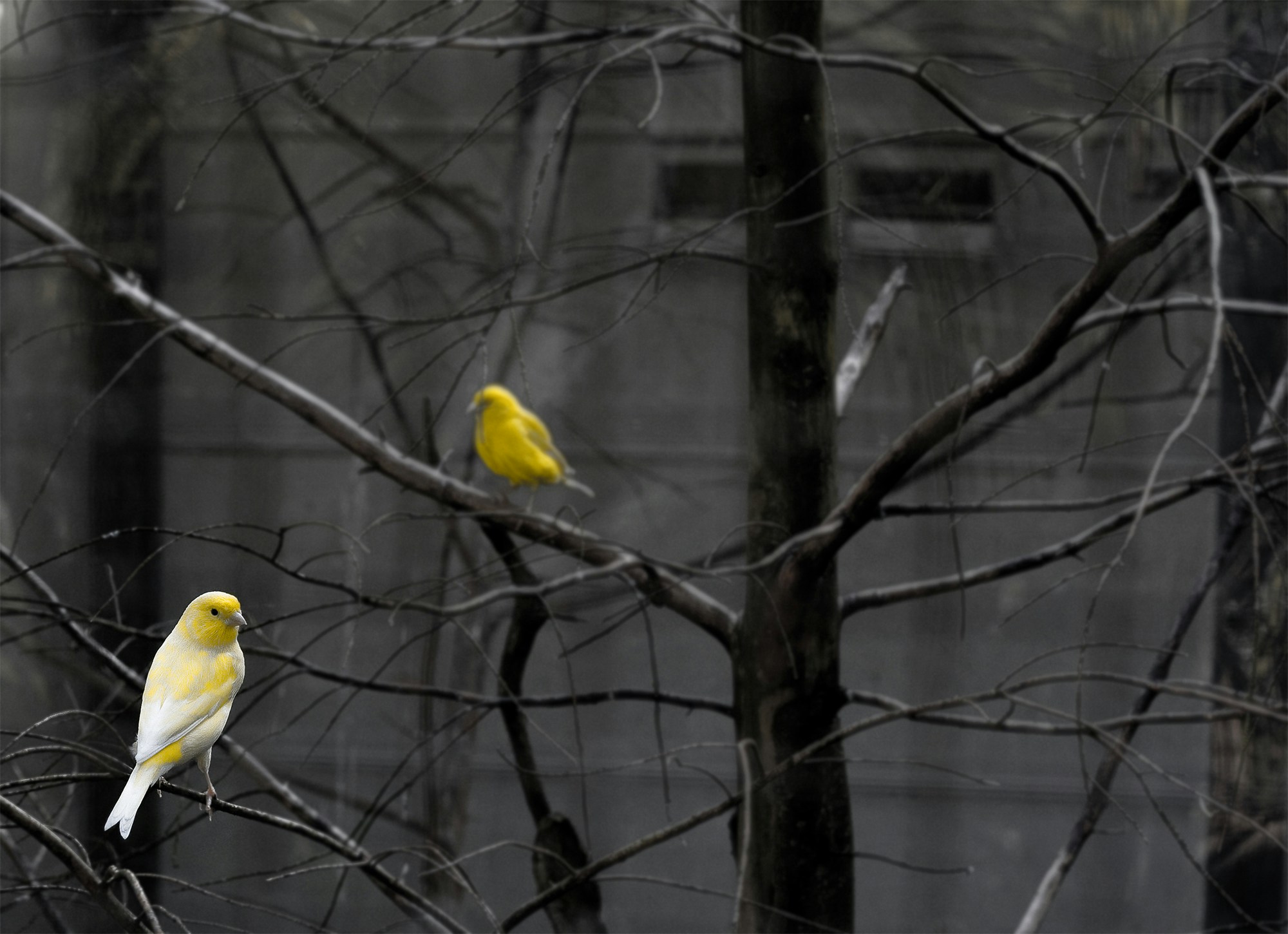
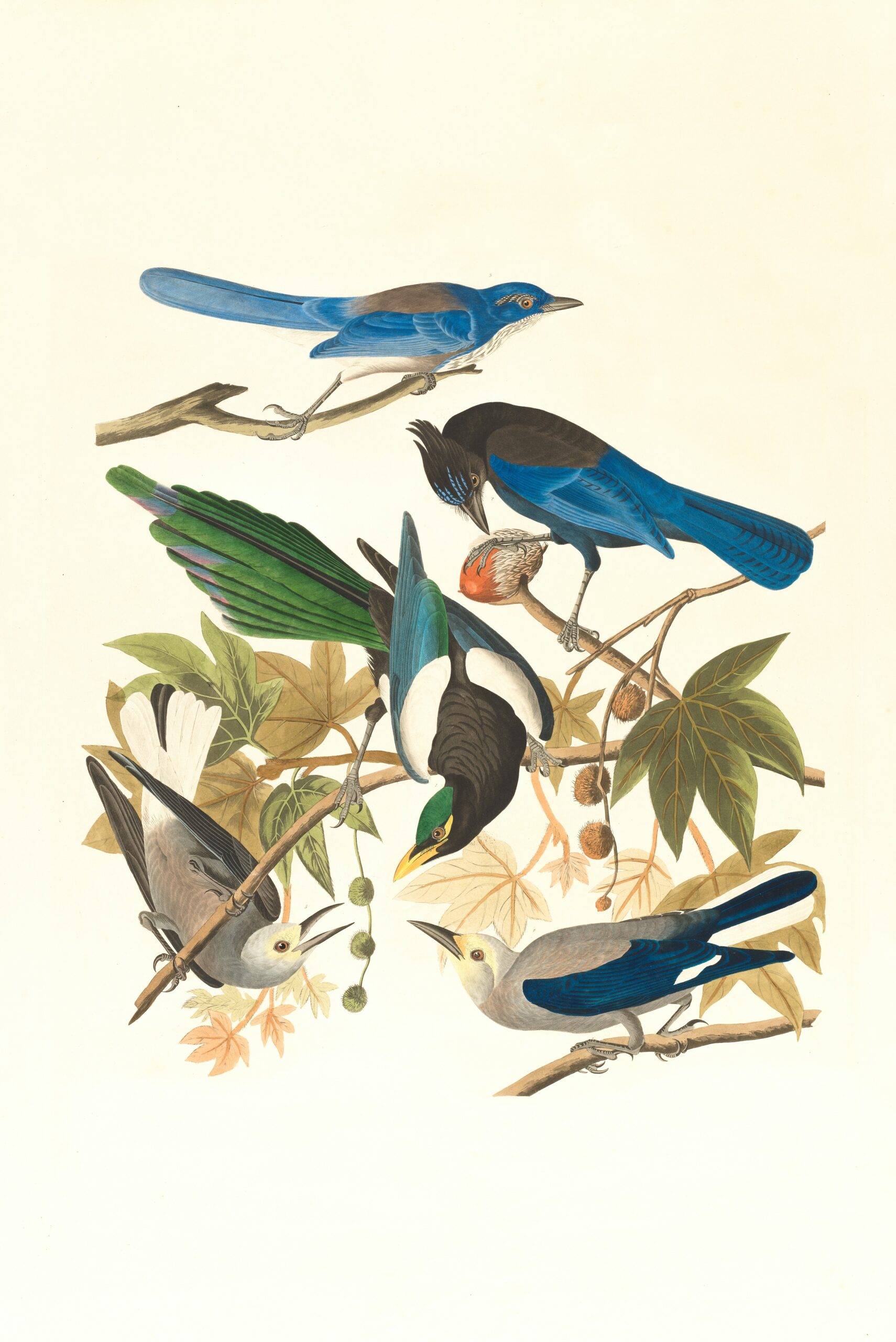
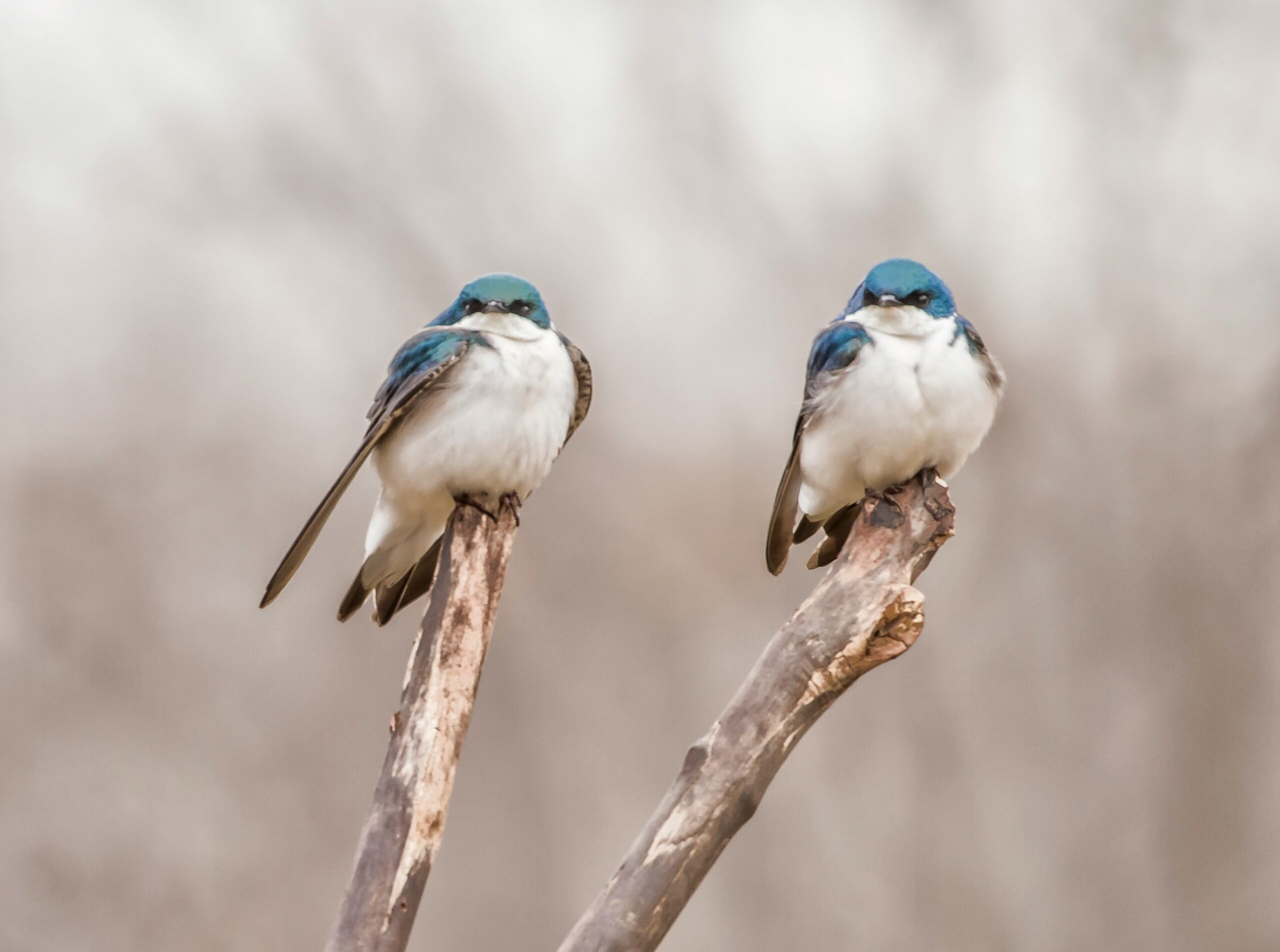
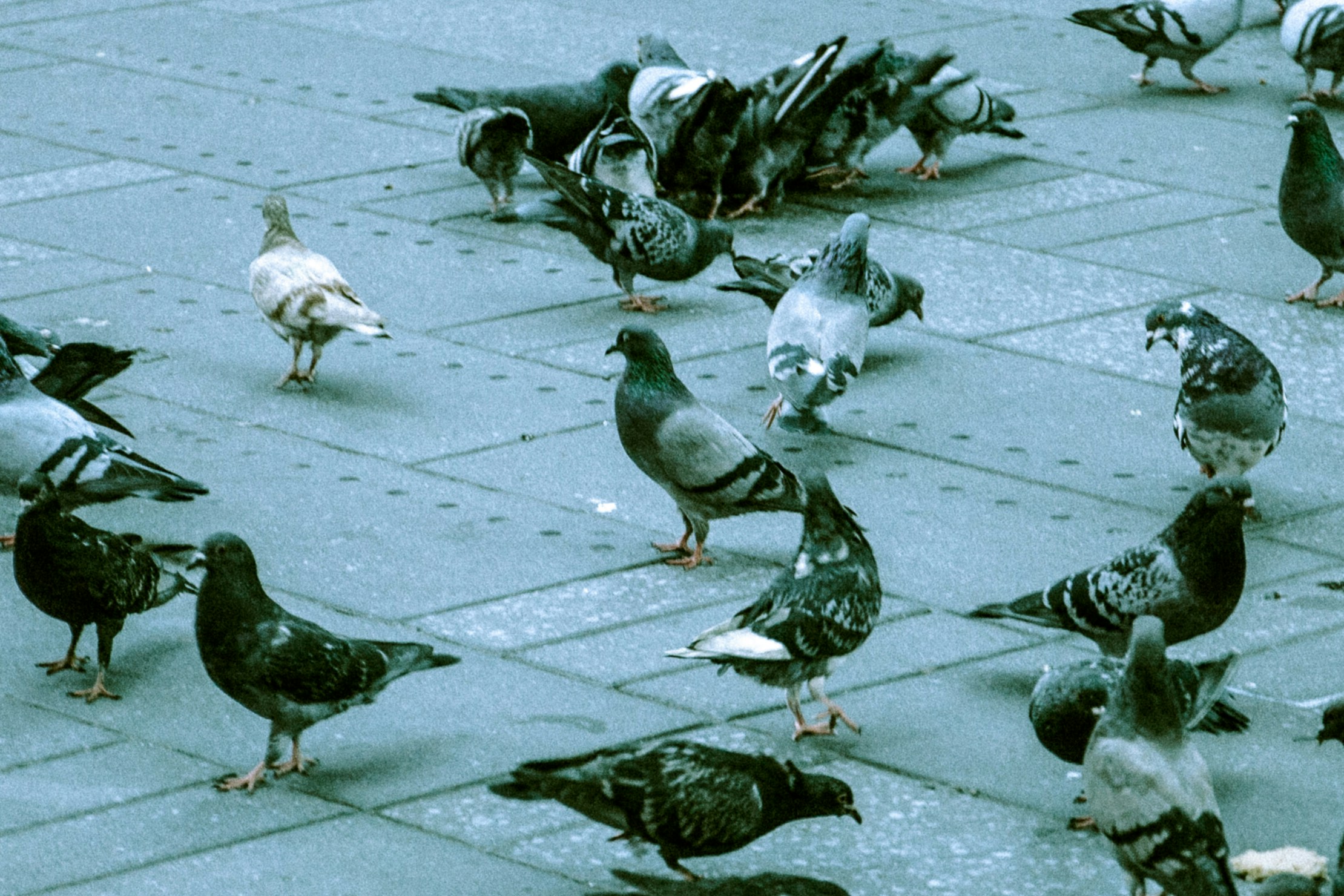
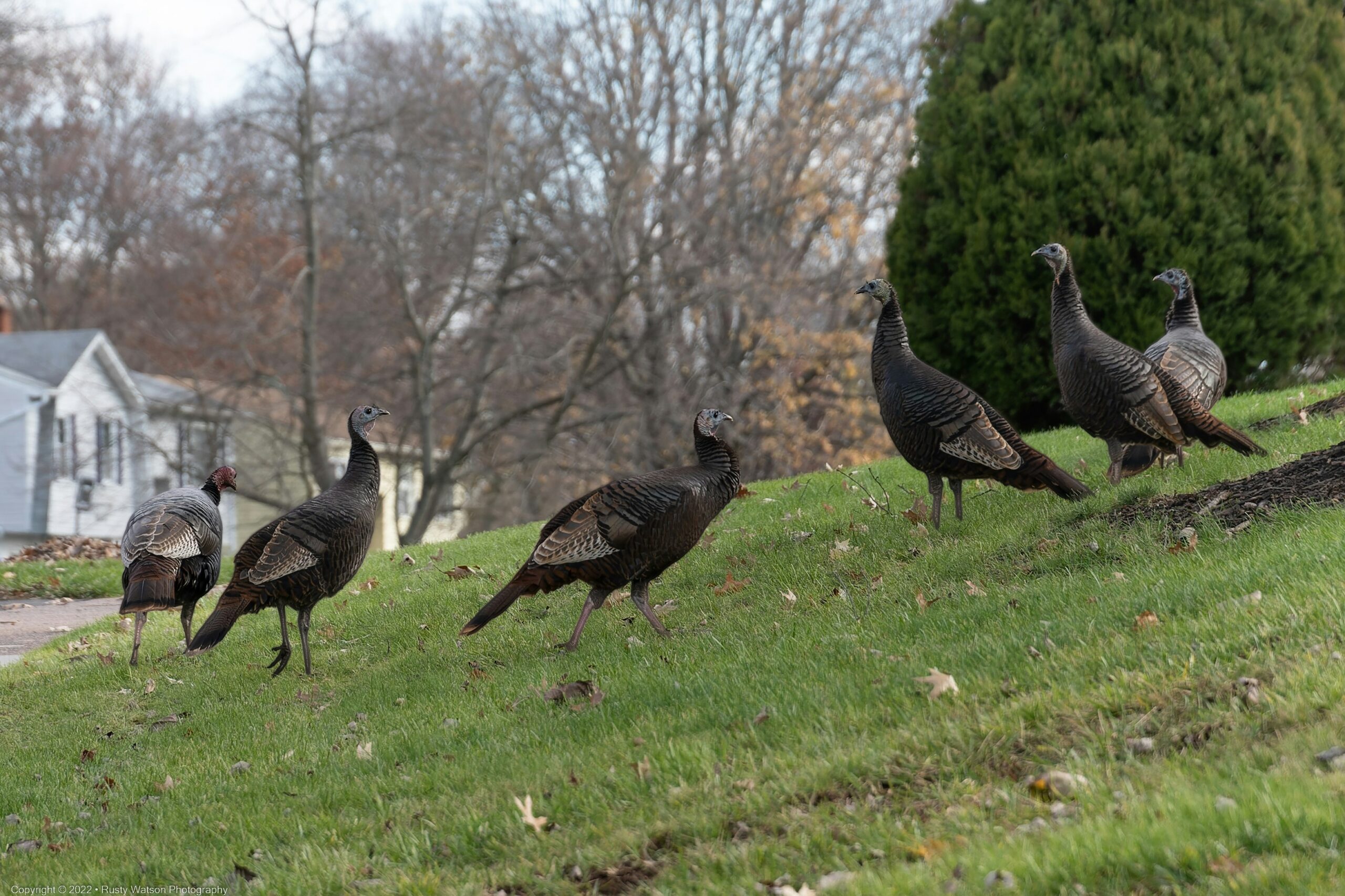
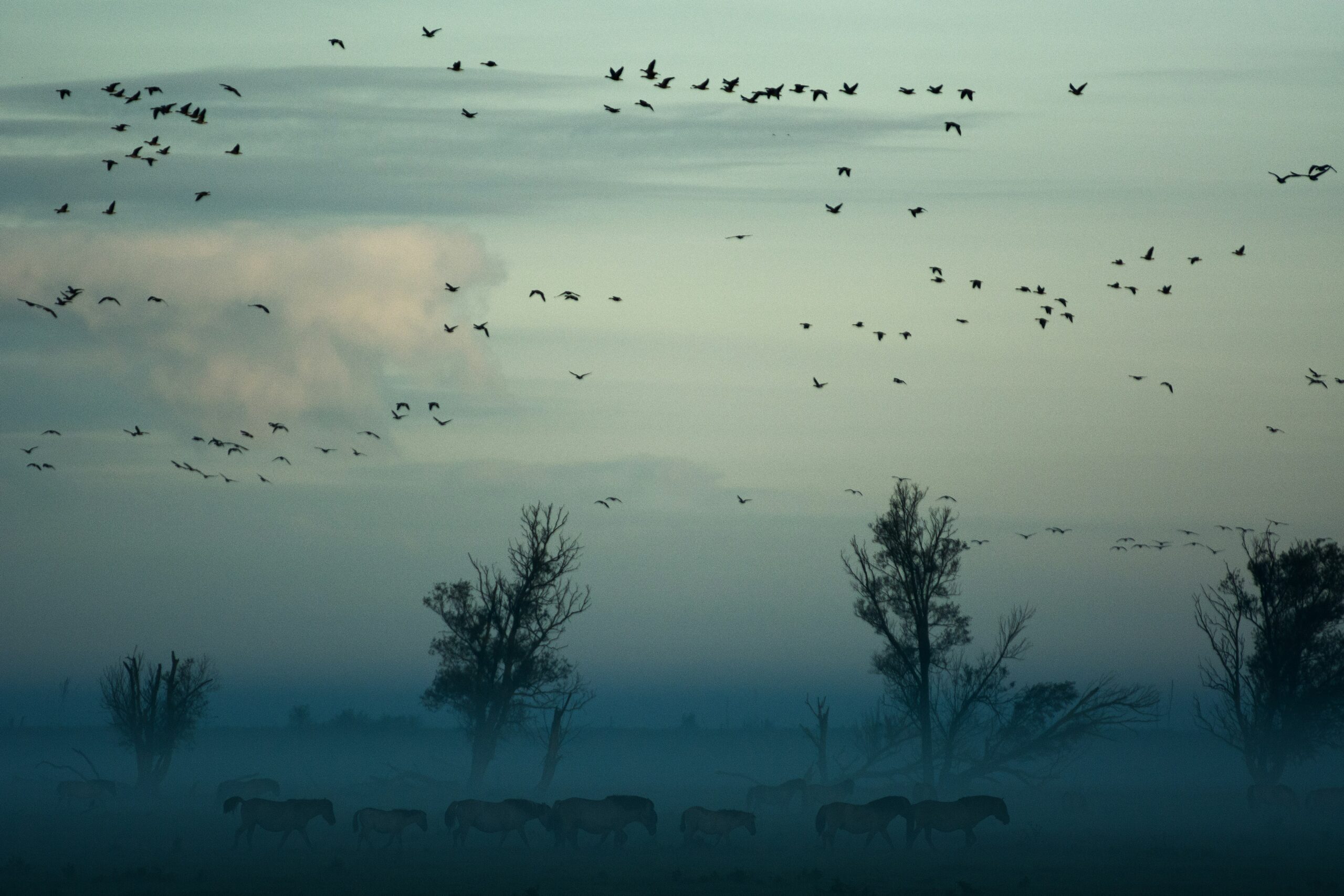
One Comment